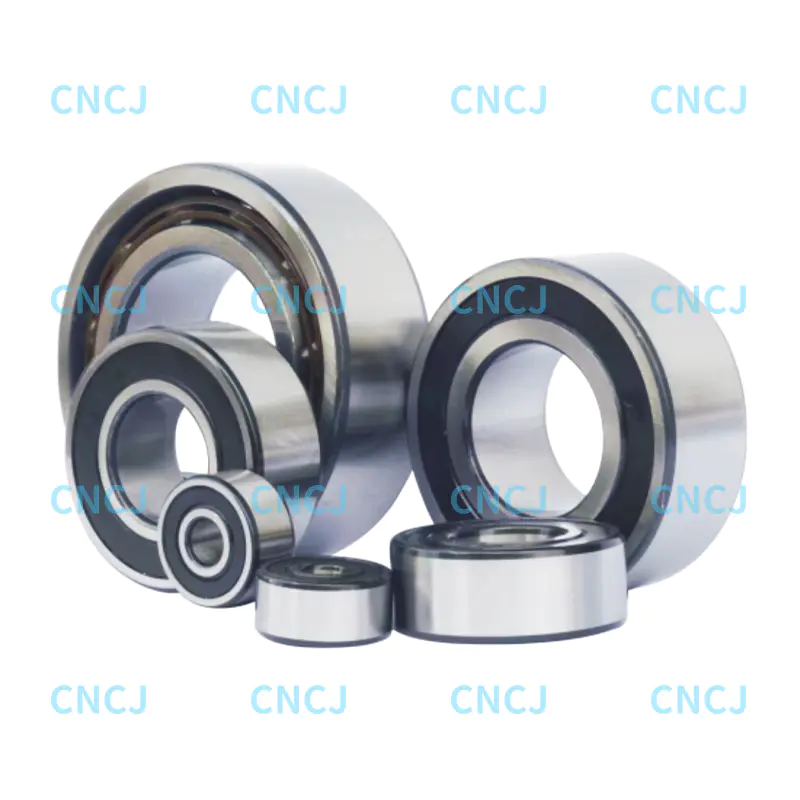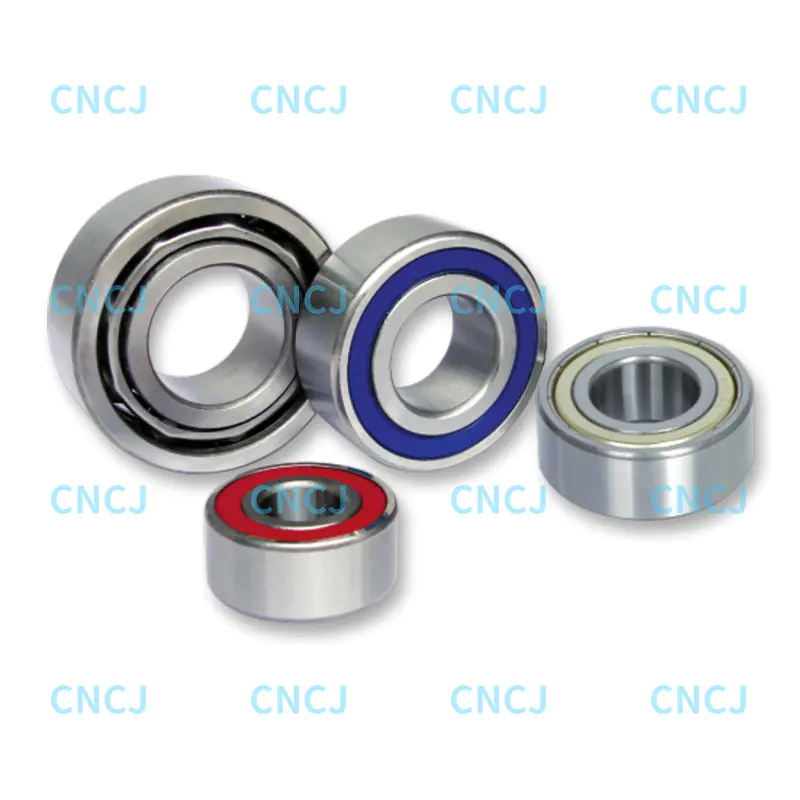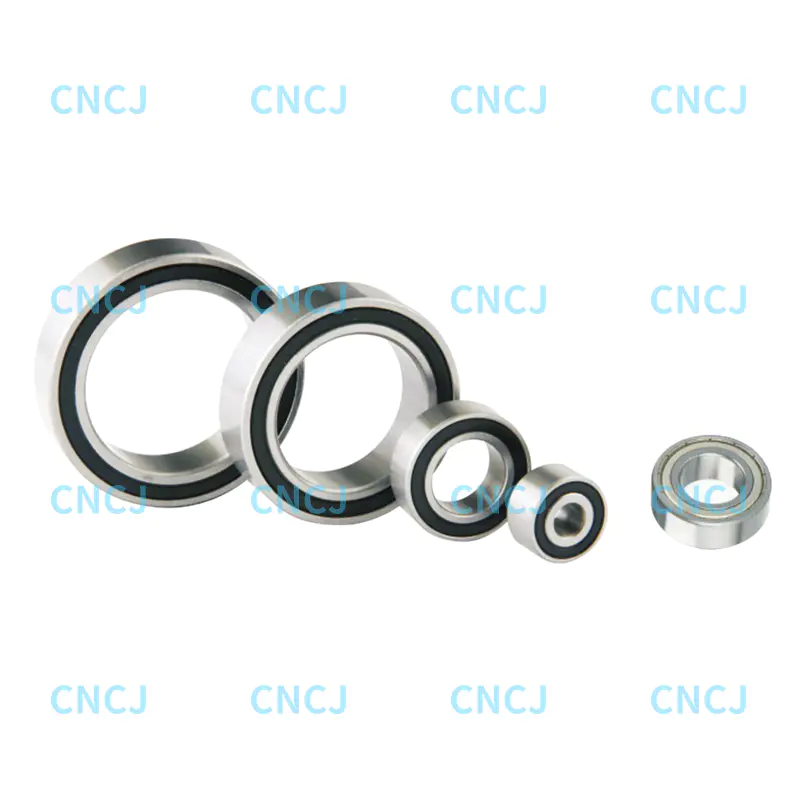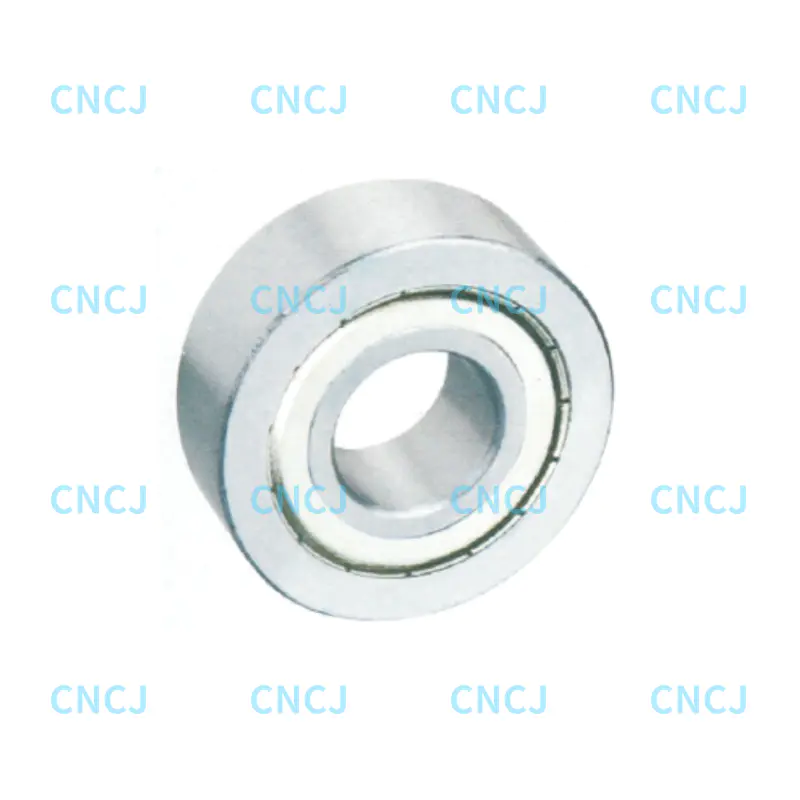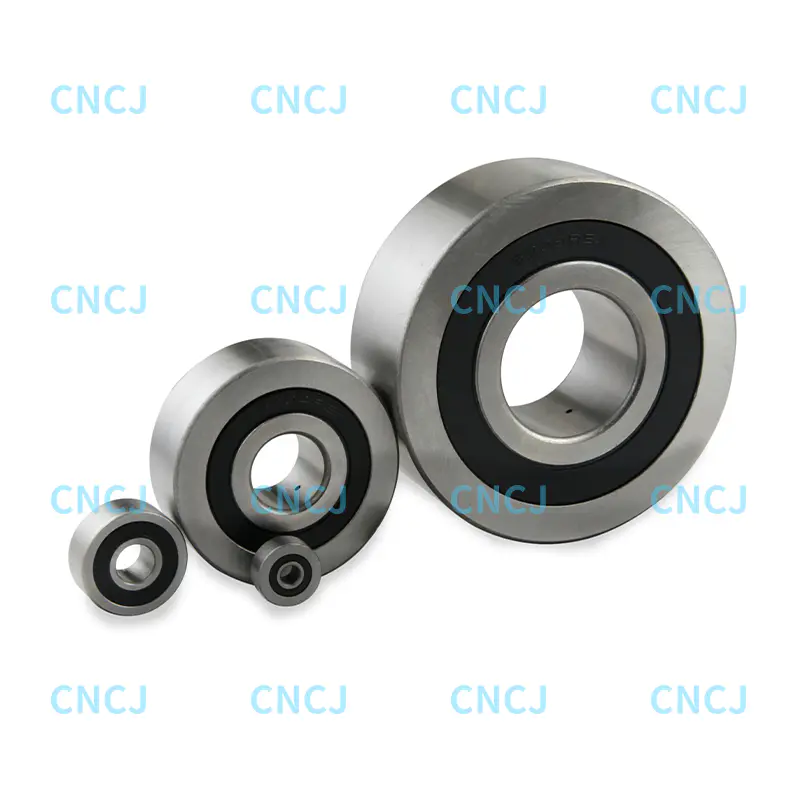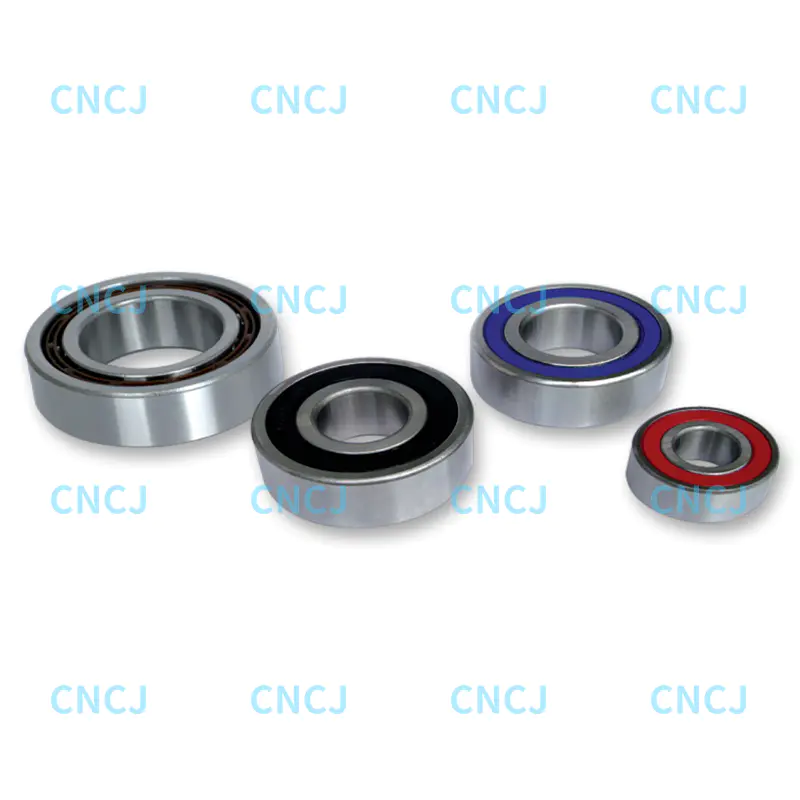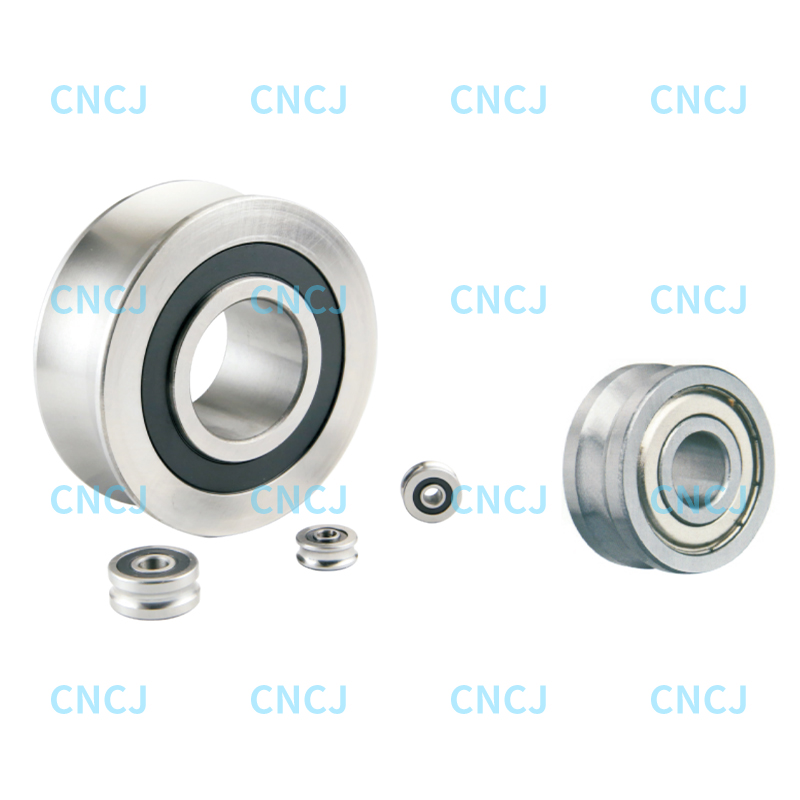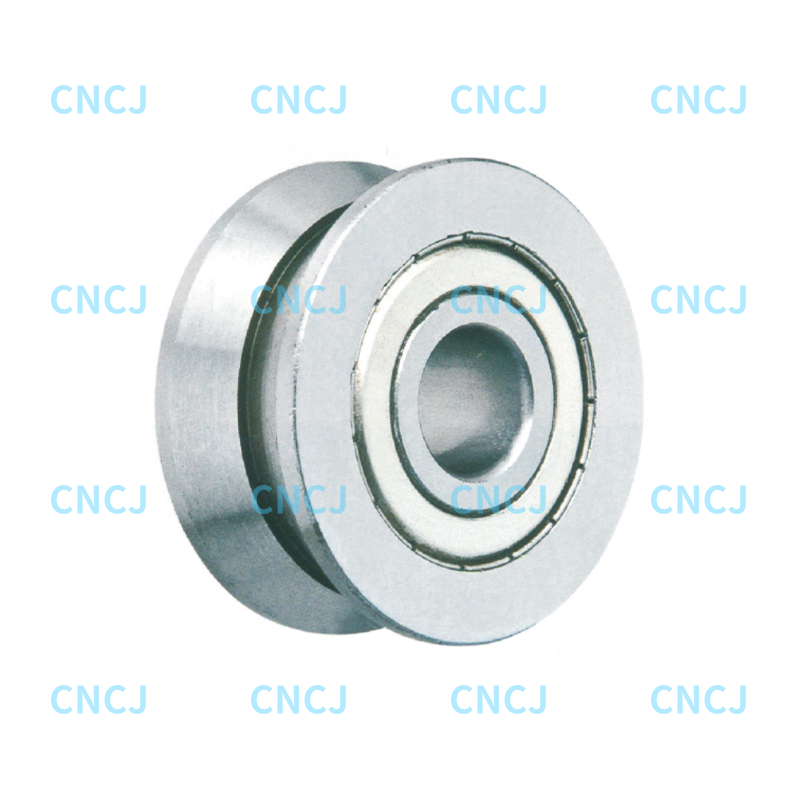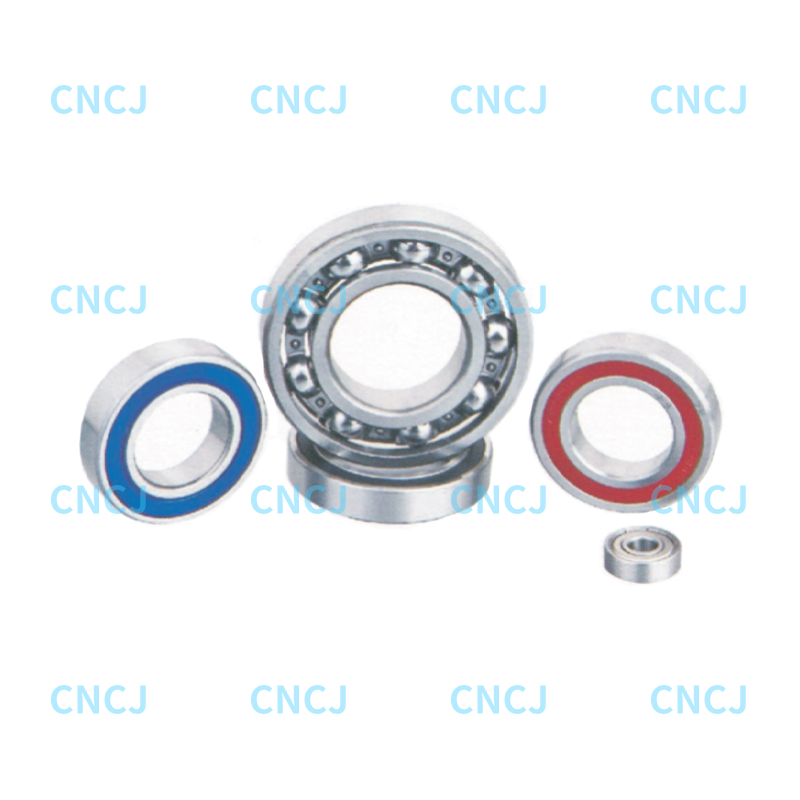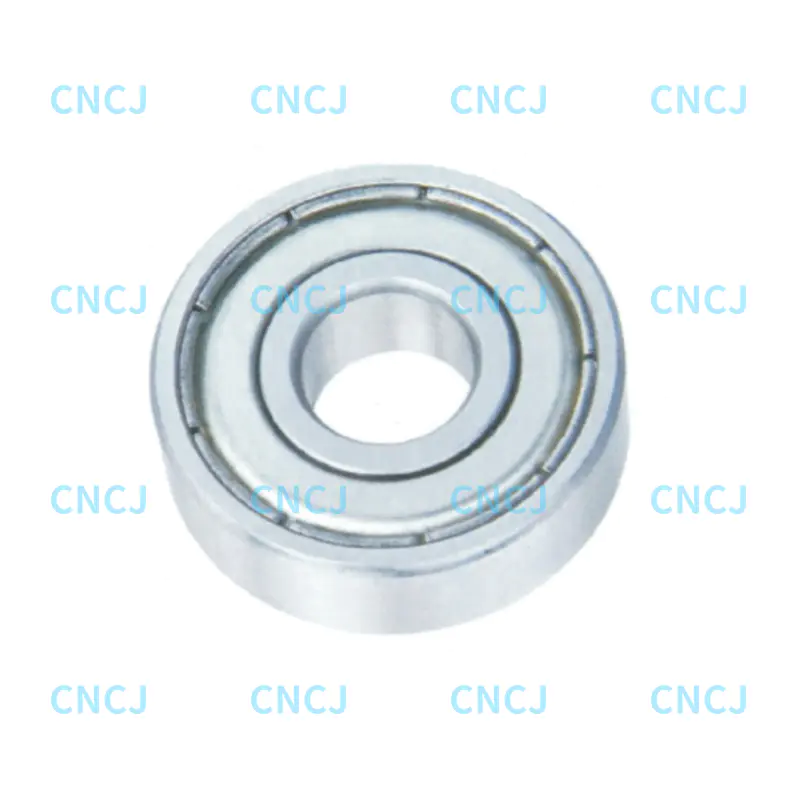1. Lubrication methods for deep groove ball bearings
Grease lubrication -
Applicable scenarios: medium and low speed, light load and working conditions that do not require frequent maintenance (such as household appliances, small motors).
Operation points: The filling amount is controlled at 1/3-1/2 of the internal space of the bearing to avoid excessive friction and heating. It is recommended to use lithium-based or composite calcium sulfonate-based grease, and silicone-based grease can be selected for high temperature environments (>120℃).
Advantages: good sealing, strong anti-fouling ability, and long maintenance cycle (generally replenished once every 3-6 months).
Oil lubrication -
Applicable scenarios: The bearing is partially immersed in oil, suitable for low-speed scenarios (speed <3000rpm), forced oil supply through an oil pump, suitable for high-speed and heavy-load equipment (such as machine tool spindles, turbines), which can take away heat and filter impurities. Compressed air atomizes the oil and sprays it into the bearing, which is used for precision instruments with extremely high speeds (>10000rpm) and precise oil control.
2. Maintenance process of deep groove ball bearings
Disassembly and cleaning: Soak the bearings in gasoline, kerosene or special solvents, and use a soft brush to remove hard particles to avoid scratching the raceway. Roughly wash to remove surface sludge; fine wash, slowly rotate the bearing to ensure that the gap between the roller and the cage is clean. Regularly check the aging of the seals, and the replacement cycle is recommended to be 1-2 years. Take samples and analyze the acid value, moisture and particulate matter content of the lubricating oil every quarter, and replace it if it exceeds the standard. Use a grease gun to add quantitative filling, and the amount of old grease discharged must reach more than 30% of the amount of new grease to prevent residual contamination.

 English
English 中文简体
中文简体 Deutsch
Deutsch Español
Español